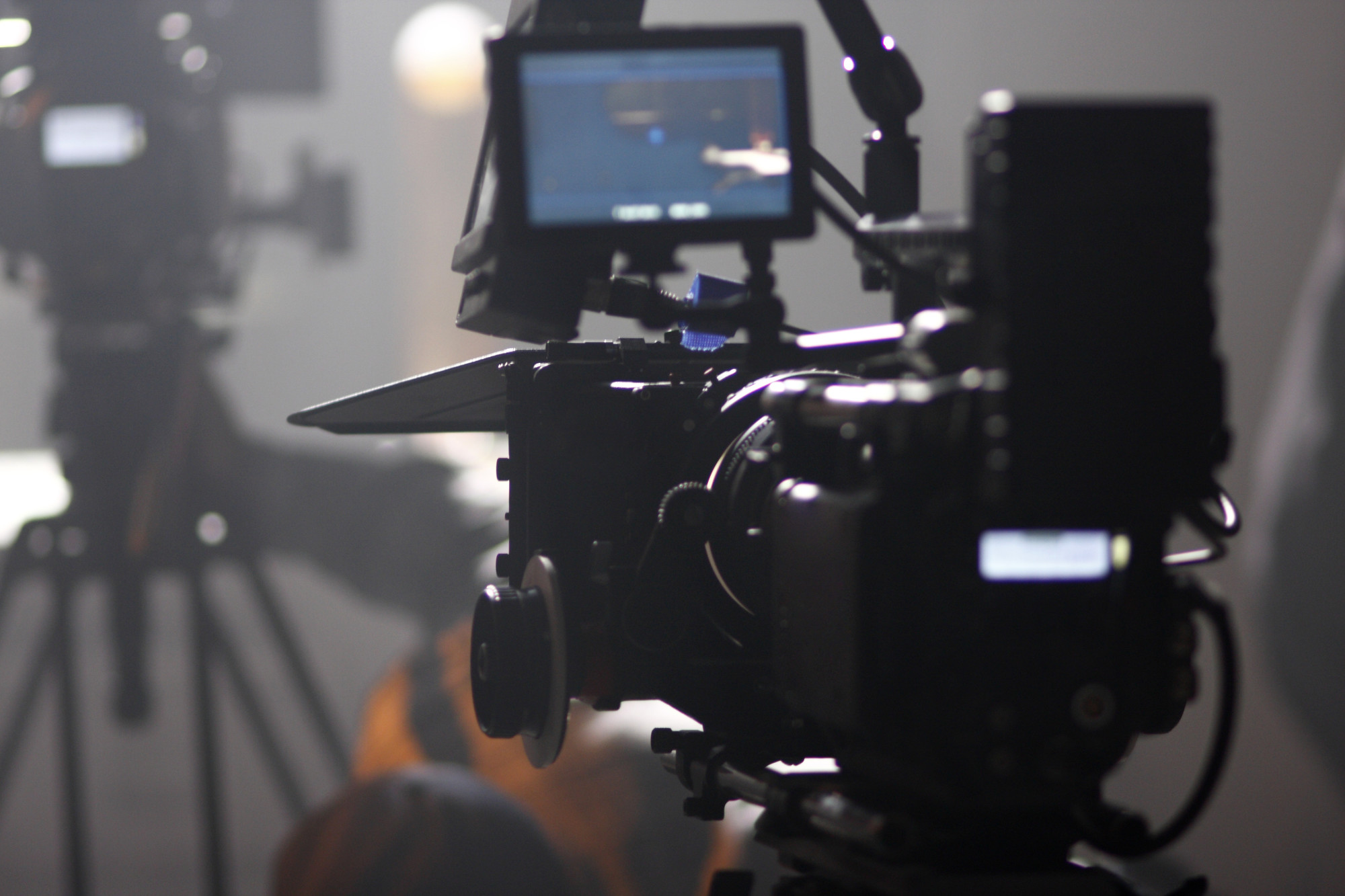Movies and TV shows bring in billions of dollars for the film industry each year. That’s a lot of money and details that must go into film production. Everything from the actors to the props must work together for a film set to run smoothly.
When you work in the film industry, you become highly organized. You plan, and you stick to the plan. You learn how to delegate tasks to other professionals on the set. You know how to prioritize filming and how to troubleshoot any issues.
This guide will show you how to keep a movie or TV set running smoothly. You’ll learn what a professional on a movie set does each day. Here are the tasks that a movie set coordinator takes care of.
1. Organizing a List of Materials
One of the essential elements of ensuring that a movie set runs smoothly is having a comprehensive organizing list of materials for the production. This ensures the product has suitable materials for the shoot, helping avoid costly delays and mistakes.
Start by listing the equipment and materials necessary for the production, such as camera, lenses, props, and costumes. Include a list of required personnel for each scene, such as a:
- producer
- director
- camera
- crew
Have a backup plan for any equipment that fails or needs replacement mid-shoot. Ensure a communication system between crew members so any issues can be addressed promptly and organized. Make the set convenient for everyone by providing a coffee station, resting tents and even luxury restroom trailers.
2. Scheduling for Maximum Efficiency
Scheduling plays a significant role in ensuring everything runs smoothly on a movie set. Maximizing efficiency is critical, so having an organized, well-planned schedule is essential. It’s important to plan out the crew’s shifts and the amount of time they have for each project.
Creating a detailed schedule beforehand is an excellent way to ensure everything runs smoothly. Accounting for all tasks from shooting to post-production and planning breaks accordingly. Additionally, enough time should be built into the shooting schedule to address any unexpected delays or problems.
Finally, during production, it’s essential to regularly review the project’s progress, maintain communication between the crew, and adjust the schedule if needed. This ensures that all tasks are completed, and the project is completed promptly and efficiently.
3. Communication Across Teams
Proper coordination between departments can help to alleviate any problems or potential issues throughout the shooting process. It is essential that each team is aware of their responsibilities and understands any changes or updates to the production schedule.
This can be accomplished through practical communication tools such as regular briefings and easily accessible information networks. When issues arise, the team should act quickly and efficiently. This is to resolve them and, if necessary, divert resources to find a solution.
Furthermore, all team members should be open to feedback and ideas from other departments. This is to make the production process as seamless as possible. By maintaining an available line of communication, teams can work together to tackle problems and produce the best possible outcome.
4. Proactively Troubleshooting
This process involves proactively ensuring that all equipment is in good working condition before it is used on set. This clearly defines the team roles and responsibilities and creates comprehensive checklists and timetables before shooting.
Additionally, regular meetings should be held to assess progress. It also identifies potential issues in advance and collaborates on improvisational solutions.
A proactive rather than reactive attitude can save time and prevent costly delays. By thoroughly planning and maintaining communication throughout the production process, the proactive troubleshooting process can minimize the chance of any significant issues arising on set.
5. Maximizing Production Techniques
Ensuring everything runs smoothly on a movie set takes a lot of planning. It is essential to start by selecting appropriate equipment that meets the production needs.
Everything from cameras and lights to audio and props should be assessed. This ensures nothing is left out and that the right equipment is selected. Additionally, having a clear plan for each day with detailed instructions can help maximize production techniques.
It would be best to have a support crew understand their expectations. This can quickly identify problems and suggest solutions is also beneficial.
Lastly, giving actors proper practice before the shoot and having frequent breaks for everyone on set throughout the day. It can help ensure a successful and stress-free production.
6. Prior Planning
This requires communication with all departments involved before production starts to identify potential problems or challenges. A shooting schedule should be prepared in advance, and film permits. It should be obtained if necessary.
All cast and crew should be briefed on safety protocols. Additionally, key personnel such as:
- the director
- cinematographer
- and assistant director
It should have a clear action plan and communicate these plans effectively to the crew. Enough equipment should be brought to the film set, and everyone should be provided with the right tools for their job.
Finally, a backup plan should be in place if unexpected issues arise while shooting, such as extreme weather or other uncontrollable variables. With careful planning, the entire production should run as smoothly as possible.
7. Maintaining Professionalism
It is essential to show respect to every individual on the set; everyone should be treated with courtesy, regardless of their job title or responsibilities. Setting a positive example for the rest of the crew will help create an atmosphere of Professionalism. It is also essential to take responsibility for one’s actions.
Ensure that everyone is held accountable for their respective roles in the production. It can be helpful to schedule regular meetings to ensure everyone is on the same page. Following these steps can help ensure everything runs smooth set.
Organize a Movie Set Perfectly
To ensure that everything runs smoothly on a movie set, it is important to anticipate potential issues and have a plan to address them immediately. With good planning, communication, and leadership, you can ensure that no setbacks occur and the production runs smoothly. Take action today to create an effective strategy to ensure the success of your shoot!
If you enjoy this article, check out our blog for more exciting content!










